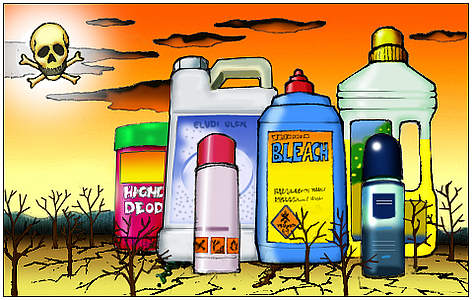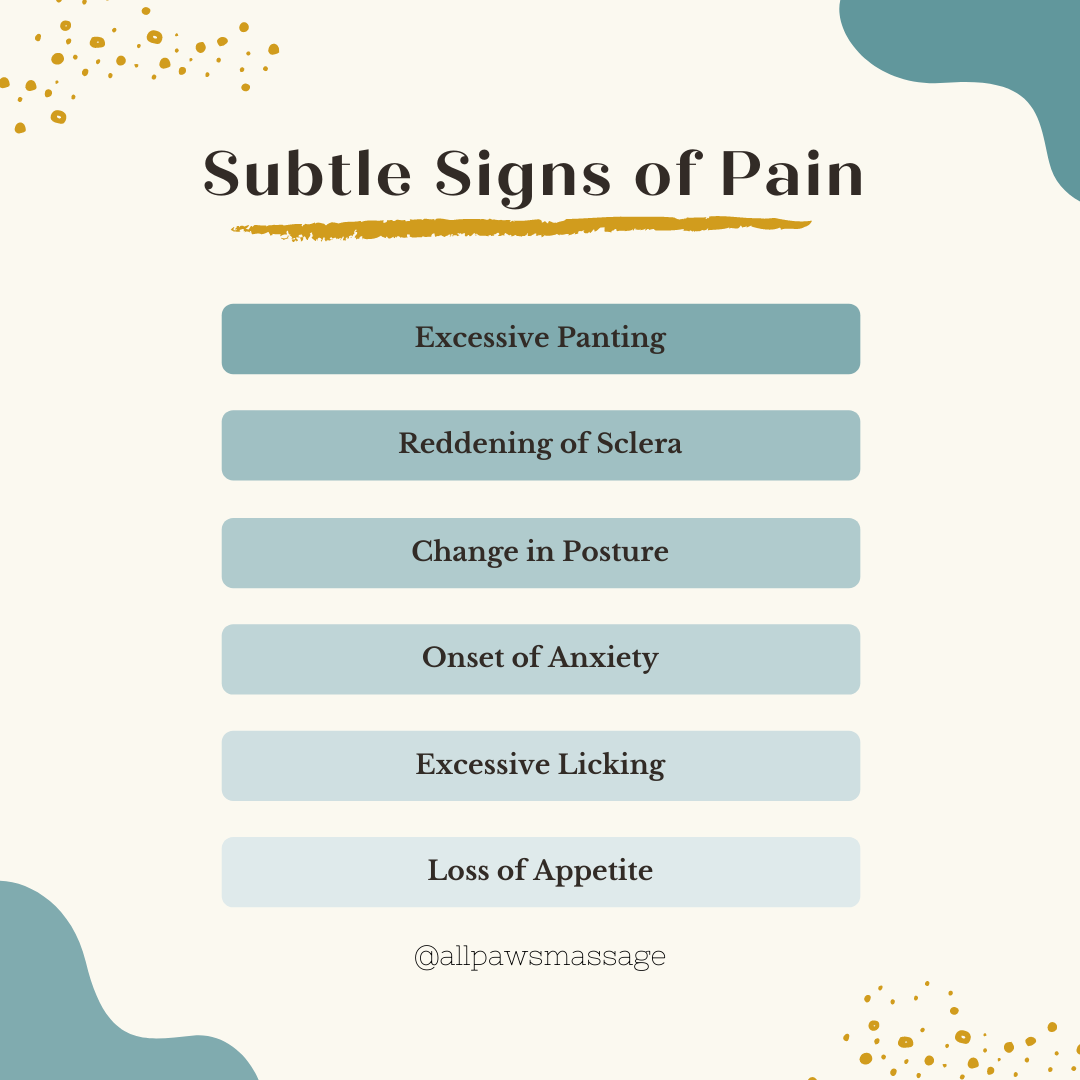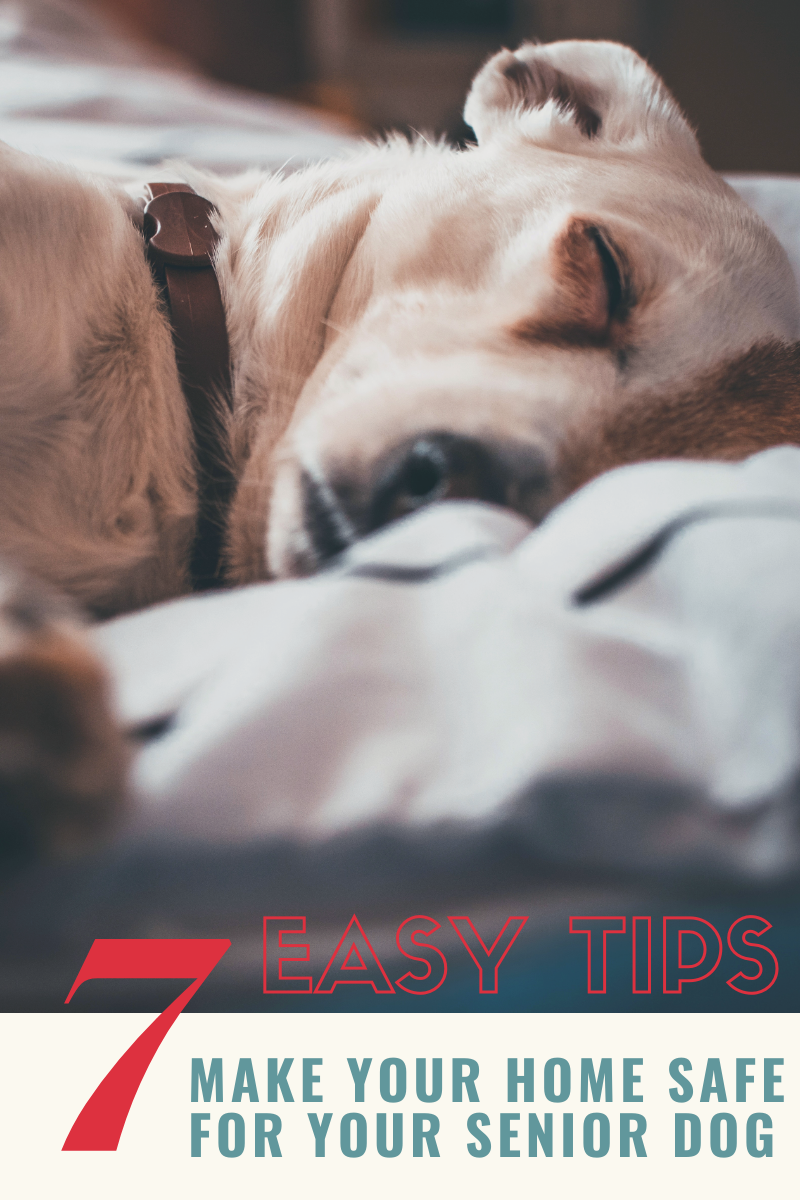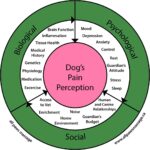Our pets are exposed to the same harmful toxins as we are, day in day out. In addition, they are also exposed to substances that don’t pose a threat to us but can be toxic and harmful to their system. One of the keys to managing epilepsy, both in humans and in dogs, is limiting exposure to toxins. It is impossible to eliminate every single toxin from our environment, but we can at least try to limit exposure wherever possible.
There are some very obvious dangers that most us know about, such as ingesting medications, cleaning products or toxic foods. However, there are also those which can escape our scrutiny as they are less obvious. This is by no means meant to be an exhaustive list, it mainly contains items commonly overlooked as potentially harmful to our pets.
Household Cleaners (note: just because a cleaner says “GREEN” or “Eco-friendly” doesn’t necessarily mean it’s safe for pets, make sure to always read the label first!). The David Suzuki Foundation put together a list of the top offenders present in everyday cleaners.
Here, Here and Here you can find easy recipes for making your own household cleaners.
So why avoiding toxic cleaners is so important?
– Dogs and cats walk on floors picking up residue from cleaning agents and then lick it off their feet. My favourite floor cleaner is a mix of cleaning vinegar, dish soap and water
– bleach tablets that go into toilet tanks can be a hazard if your pet drinks from the toilet
– any product in aerosol form can be inhaled by your pet and cause allergies or asthma
– laundry softeners are extremely toxic and if we use them for our pet’s bedding, they can lick off residue off their coats, or straight off the bedding if they like to lick or suck on the blankets.
– air-freshners are full of chemicals and more and more reports are showing just how toxic they are. These are especially dangerous for cats, as they can’t efficiently metabolize the compounds in essential oils, which results in toxic build-up, eventually damaging their livers and kidneys. Here is a great article about dangers of air-freshners.
Medicine:
Another obvious one, but keeping them out of reach is not enough. Did you know that there are traces of medication in our sweat and urine? If your dog likes licking your skin they are absorbing trace amounts of medication.
Make up, hair and body products:
– not only can these products be licked off, inhaled if they are in aerosol form, but also we deposit hand creams and sanitizers on our pets’ coats while petting them, which then they can easily lick off.
Perfume:
– Any person allergic to heavy scents can attest to this, the chemical compounds present in perfumes cause allergies, can cause asthma and some are even carcinogenic.
City Streets and parks:
– Winter is notorious for salt and other de-icing products, but there are dangers all year round: discarded gum, cigarette butts, spoiled food, oil and other fluids leaked from cars.
– herbicides and chemical fertilizers, foam control agents for fountains
– rat poison
– I highly recommend to all my clients that they wipe or rinse their dog’s feet after a walk. I also like Pawz as a way of protecting your dog’s feet.
If you have any other tips for avoiding harmful exposure, please share with us in the comments section!







OMD what a great post, we never thought what we cleaned out floors with could be harmful to our furbabies.. xx00xx
Mollie and Alfie
I am so glad you found this post helpful! Ever since Rocco’s diagnosis I’ve been paranoid about toxins, but I’m sure there are still some sneaky ones that I haven’t caught onto quite yet LOL
Thanks for sharing, must admit its easy to forget about things like floor cleaner and handcreams.
Great post, I’ve been looking for ways to cut down the toxins in our environment, there’s just certain things I haven’t been able to eliminate yet. I’m off to check out those sites and see if I can find something for laundry detergent and carpet cleaning!
The links for home made cleaning substances are useful, thank you. We try to avoid toxins as much as we can. I’d never thought about hand cream getting on animal’s coats.